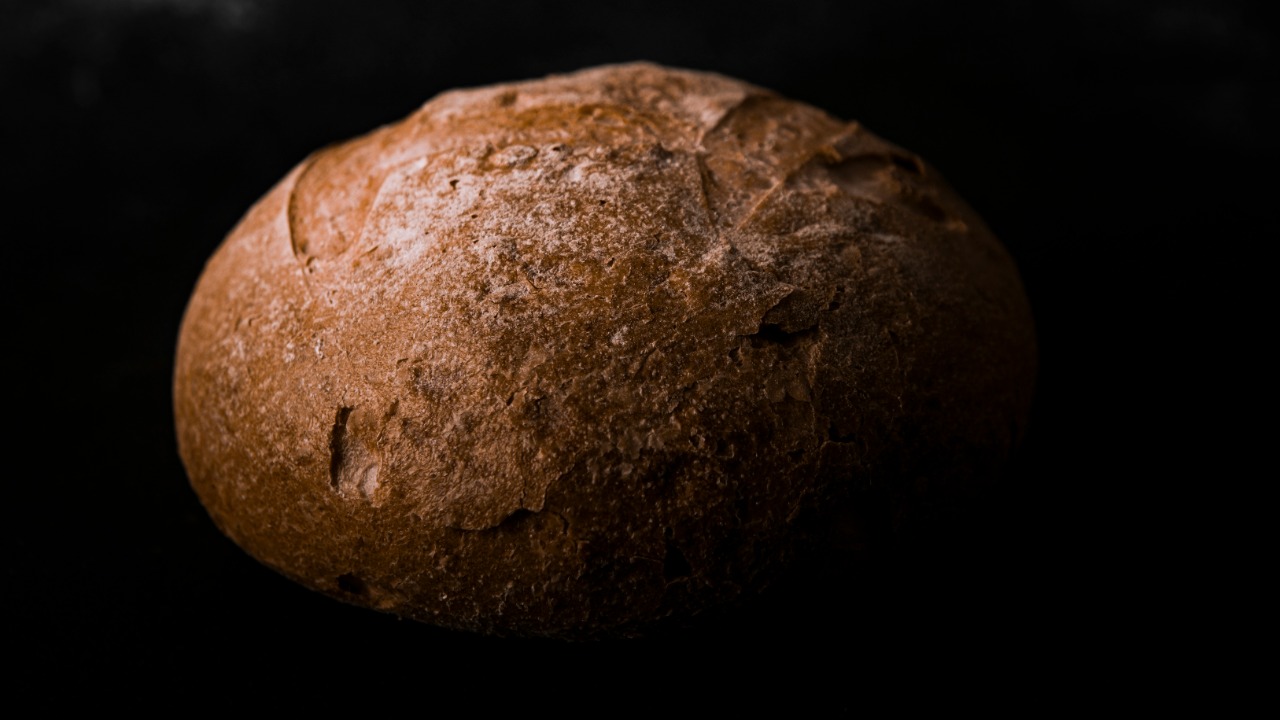
In a remarkable archaeological discovery, an intact chicken egg from the Roman era was unearthed in Aylesbury, Buckinghamshire, at a site known as Lower Winchendon villa. Astonishingly, the egg, which is approximately 1,700 years old, still contains liquid contents. This extraordinary preservation was confirmed through X-ray analysis by experts at the Oxford University Museum of Natural History. The find, which includes other organic remains like a basket and a wooden spade, offers a unique glimpse into daily Roman life in Britain around the 3rd century AD.
Site of the Discovery
The Lower Winchendon villa site in Aylesbury, Buckinghamshire, is where this remarkable egg was discovered. The site was excavated in 2007 by the TV archaeology series Time Team, but the full analysis of the egg took place later. This Roman settlement, dating back to the 3rd century AD, featured a waterlogged pit where the egg was preserved alongside other artifacts such as a woven basket and a leather shoe. Aylesbury’s archaeological significance is rooted in its history of Roman occupation, with the villa site providing valuable insights into rural life in Roman Britain (The Guardian).
Excavation Details
The Time Team program conducted the excavations at Lower Winchendon villa in 2007, unearthing the egg within a rubbish pit filled with organic materials. The pit’s waterlogged environment, a result of high groundwater levels, prevented decay and allowed the egg to remain intact since the Roman period around 300 AD. Additional finds from the site include a wooden bucket, barrel, and animal bones, all preserved due to the anaerobic conditions (SSBCrack News).
Preservation Mechanism
The egg’s intact state after 1,700 years is attributed to the waterlogged, oxygen-poor pit at Lower Winchendon, which inhibited bacterial decomposition of the liquid yolk and white inside. Unlike typical archaeological eggshells that dry out and crack, this specimen’s sealed shell maintained internal pressure, as verified by non-invasive X-ray scans. Similar preservation has occurred with other Roman-era organics at the site, such as the woven basket, due to the same environmental factors in Aylesbury’s clay soils (ScienceAlert).
Scientific Examination
Experts at the Oxford University Museum of Natural History performed X-ray analysis on the egg, confirming it still holds liquid contents without damaging the shell. The analysis, conducted in 2024, revealed no signs of embryo development, indicating it was likely a fresh table egg from Roman times. Further studies plan to avoid opening the egg to preserve it, focusing instead on comparative scans with modern eggs for insights into ancient preservation (Standard UK).
Historical Context
The egg dates to the Roman occupation of Britain in the 3rd century AD, a period when chickens were domesticated for eggs and meat in rural villas like Lower Winchendon. Roman dietary habits included regular consumption of eggs, often sourced from local farms, making this find a tangible link to everyday provisioning around 1,700 years ago. The artifact’s context within a rubbish pit suggests it was discarded intact, possibly during food preparation or storage in the villa’s household (Daily Galaxy).
Broader Implications
This discovery underscores the potential for organic preservation in waterlogged Roman sites across Britain, encouraging similar non-invasive analyses at other locations. It provides archaeologists with a rare opportunity to study unaltered ancient proteins in the liquid, potentially revealing details about Roman-era animal husbandry and nutrition. The egg’s survival highlights Aylesbury’s role in Roman archaeology, with the find now displayed at the Buckinghamshire Museum to educate on preservation techniques (SSBCrack News).